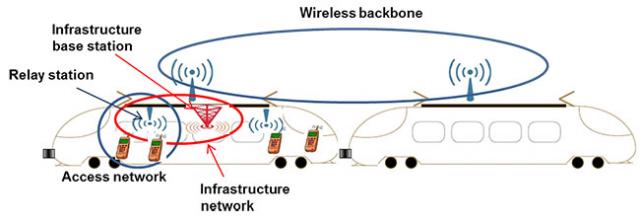
The problem of localizing multiple emitters using widely spaced sensors is most commonly solved by estimating some parameters such as time of arrival (TOA), time difference of arrivals (TDOA) or received signal strengths (RSS). Subsequently, the emitters are located by multilateration. Such techniques estimate the intermediate parameters independently and therefore are suboptimal in comparison to direct localization techniques, in which emitter locations are estimated jointly.
The literature on direct localization in the presence of frequency-selective multipath is scarce. To fill this gap, we propose a direct localization technique designed to work in the presence of flat or frequency-selective multipath, for known signals. A common approach in localization is to assume that the first arrival at each sensor corresponds to the line of sight (LOS) path, however, such approach can lead to large errors if the LOS path is blocked or confused with secondary lobes from other arrivals.

Our approach divides the search area of the emitters in a grid of points. Since the number of emitters is sparse compared to the number of grid points, it leads naturally to a compressive sensing problem, which can be solved by sparse recovery techniques. Moreover, we show how such framework enables to distinguish between LOS and NLOS paths.
Our technique has the advantage of direct localization techniques, i.e. superior accuracy, while being specially robust to strong NLOS signals, and to some extent, to sensors with blocked LOS. Subsequently, we will address the problem of localizing RF sources whose waveforms are unknown.
Faculty: Alexander Haimovich
Graduate student: Nil Garcia
Collaborators: Jason Dabin (US Navy)